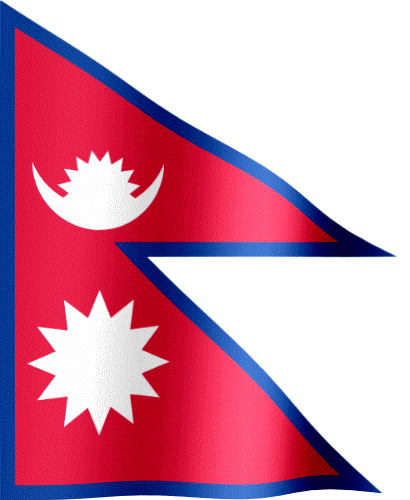A sightseeing tour to the medieval cities of Kathmandu and on to the beautiful town of Pokhara. A gentle walk in the low-lying hills on the outskirts of Pokhara are ideal for the first time trekker. One passes through culturally rich villages, and there are spectacular views of the mountains from Poon Hill on the third day of the trek. Visit the shrine at lowland Lumbini, birth place of lord Buddha, and on to Chitwan National Park for wildlife safaris. A lifetime experience in Nepal never to be forgotten.
Kathmandu
The country's capital and largest city, it is steeped in history. Kathmandu's heart is Durbar Square, with the Vishnumati River to the west and Ratna Park to the east. The Bagmati River forms the southern boundary, while Thamel, the budget travelers' hangout, sprawls to the north.
Patan
Patan, the second-largest city in the valley, lies just across the Bagmati River from Kathmandu. But it's a much quieter and less frenetic place to visit. The city is justly proud of its temples and artisans and it is their handiwork that provides the focus of the stunning Durbar Square. It is choc-a-block with the largest display of Newari architecture in Nepal. This includes the Royal Palace, and the two-tiered brick Jagannarayan Temple. A few minutes' walk north of the square is the Golden Temple, a Buddhist monastery guarded by sacred tortoises that potter around the courtyard; and the Kumbeshawar, reputedly the oldest (1392) temple in Patan. South of the square is an area of charming streets lined with metal smiths and brassware shops.
Patan's other attractions are flung further afield. Tibetan carpets can be bought in Jawlakhel, east of the city.
Bhaktapur
Most sights are easily visited on foot and include yet another Durbar Square, which is much larger than Kathmandu's and has its fair share of temples, statues and columns, many with a grisly history. For instance, the sculptor of the Ugrachandi & Bhairab Statues had his hands chopped off to prevent him from duplicating his masterpieces.
Bhakatapur's second main square is Taumadhi Tole, which features Nyatapola, the highest temple in the valley, and Til Mahadev Narayan, an important place of pilgrimage. Nearby is Potters' Square, where thousands of clay pots are made and sold. East from here, through the streets of the old city centre, is Tachupal Tole, another square containing temples and monasteries plus craft museums.
Sometimes it's best to take a break from temples and sit back and watch the unchanging rituals of daily life: the laying out of grain to dry in the sun, families collecting water or washing under communal taps, children playing simple games, dyed yarns flapping in the breeze or potters at work throwing clay.
Bhaktapur is about 35km (22m) south east of Kathmandu's city centre and is easily reached by bus or minibus.
OUT OF KATHMANDU VALLEY
Away from Kathmandu, Patan and Bhaktapur, there are a number of other fascinating villages, temples and stupas scattered around the valley. One of these is probably the best known site in Nepal - the Buddhist temple of Swayambhunath. The temple is colloquially known as the 'monkey temple', after the large tribe of garrulous monkeys which guard the hill, amusing visitors and devotees with their tricks, including sliding gracefully down the long double banisters of the main stairway. The soaring central stupa is topped by an aureate block featuring the watchful eyes of Buddha. Set around the base is a continuous series of prayer wheels which pilgrims, circumambulating the stupa, spin as they pass by.
Beyond Swayambhunath, on the banks of the Bagmati River, is Pashupatinath, the country's pre-eminent Hindu temple and one of the most significant Shiva temples on the subcontinent. Surrounding Bodhnath are a number of monasteries, but be discreet and respectful if you intend visiting them.
The valley also offers plenty of opportunities to get off the beaten track, with treks to and from the resort villages of Nagarkot and Dhulikhel, wallowing in Tatopani's hot springs, exploring cloud forests in Pulchowki, Chapagaon, Bungamati, and Dakshinkali the most famous temple in the south of the Kathmandu valley.

